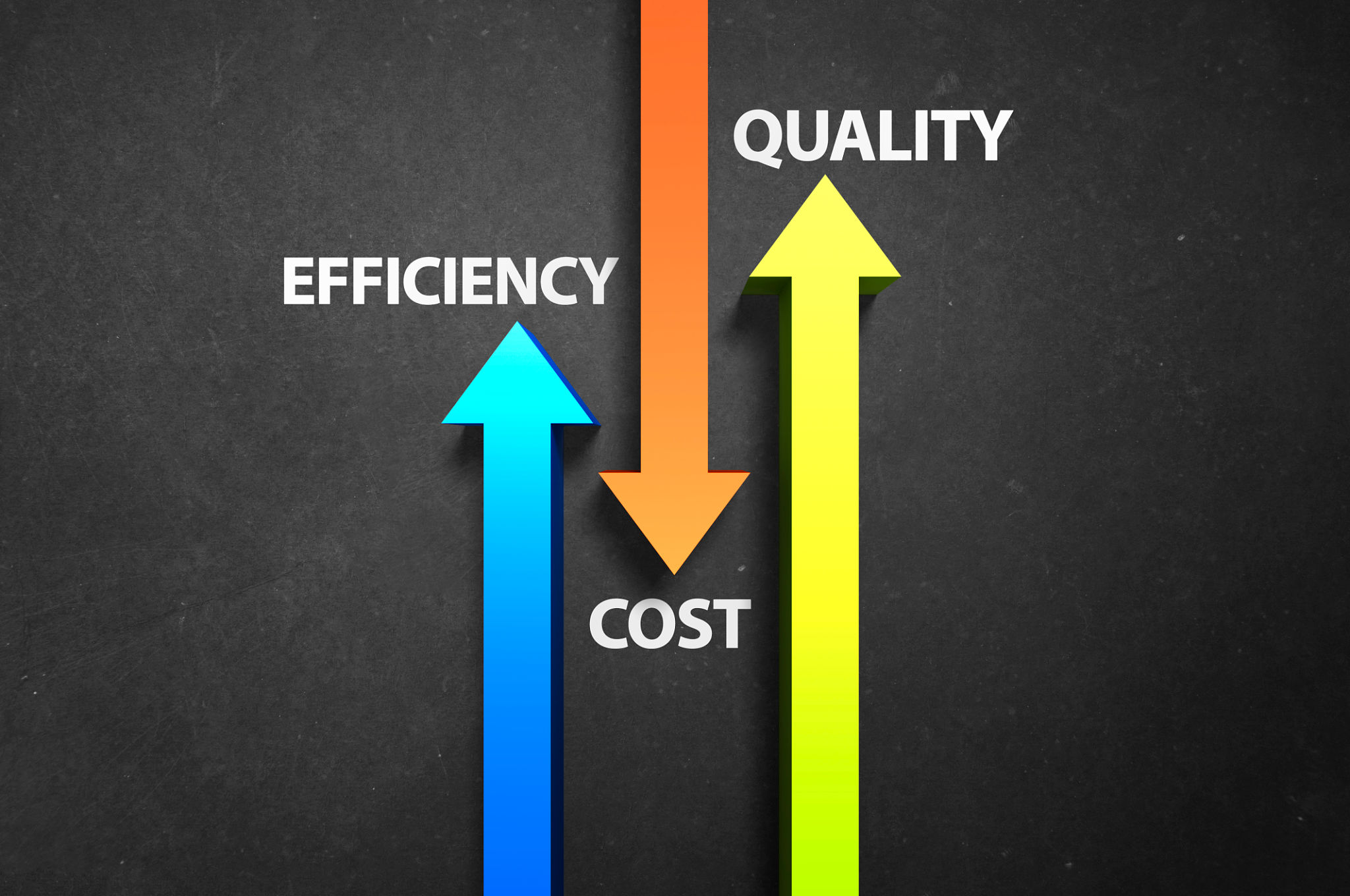Case Study: Transforming Business Agility in an Abu Dhabi Firm
Introduction to Business Agility
In today's fast-paced global market, agility has become a vital asset for businesses aiming to maintain a competitive edge. This is particularly true for firms operating in dynamic regions like Abu Dhabi, where economic diversification and rapid technological advancements are reshaping the business landscape. This case study explores a transformative journey undertaken by an Abu Dhabi firm to enhance its business agility.
The firm, a mid-sized enterprise specializing in renewable energy solutions, recognized the need to pivot swiftly in response to market demands and technological innovations. They embarked on a comprehensive strategy to improve agility across their operations, which has led to significant improvements in efficiency and competitive positioning.

Identifying Challenges and Setting Goals
The first step in transforming business agility was identifying existing challenges. The firm faced several obstacles, such as outdated processes, siloed departments, and a lack of real-time data accessibility. These issues hindered their ability to respond quickly to market changes and customer needs.
To address these challenges, the firm set clear objectives: streamline operations, foster a culture of collaboration, and implement advanced technology solutions. The primary goal was to create an agile environment that could quickly adapt to external and internal changes.
Streamlining Processes
One of the key areas of focus was process optimization. The firm conducted a thorough analysis of their existing workflows to identify bottlenecks and inefficiencies. By leveraging Lean principles and process automation tools, they were able to streamline operations significantly. This not only reduced operational costs but also improved the speed of service delivery.

Fostering Collaboration
Another critical aspect of the transformation was fostering a culture of collaboration. The firm recognized that agility is not just about technology but also about people working together effectively. They implemented cross-functional teams and encouraged open communication across departments. Regular workshops and team-building activities were organized to break down silos and encourage knowledge sharing.
This collaborative environment empowered employees to take initiative and make informed decisions quickly, which is crucial for maintaining agility in a rapidly changing market.

Implementing Technology Solutions
To complement their process improvements and cultural shifts, the firm invested in cutting-edge technology solutions. They adopted cloud-based platforms for real-time data access and analysis, which enabled them to make faster, data-driven decisions. Additionally, they integrated AI-driven tools to automate routine tasks, freeing up employees to focus on more strategic activities.
The use of technology not only accelerated their response times but also provided valuable insights into customer preferences and market trends, allowing them to stay ahead of the competition.
Measuring Success
The transformation journey was not complete without measuring success. The firm established key performance indicators (KPIs) to track progress and assess the impact of their changes. These KPIs included metrics related to operational efficiency, employee engagement, customer satisfaction, and financial performance.
Over time, the firm observed significant improvements in these areas, confirming that their efforts had successfully enhanced business agility. They experienced faster product development cycles, increased customer retention rates, and higher employee satisfaction levels.
Conclusion: Lessons Learned
This case study highlights several crucial lessons for businesses seeking to enhance agility. First, it's essential to have a clear understanding of existing challenges and set specific goals for improvement. Second, fostering a collaborative culture is as important as adopting new technologies. Lastly, continuous measurement and adaptation are key to sustaining agility over the long term.
By embracing these principles, the Abu Dhabi firm not only transformed its operations but also positioned itself as a leader in the renewable energy sector. Their success story serves as an inspiring example for other businesses aiming to thrive in an ever-evolving marketplace.
